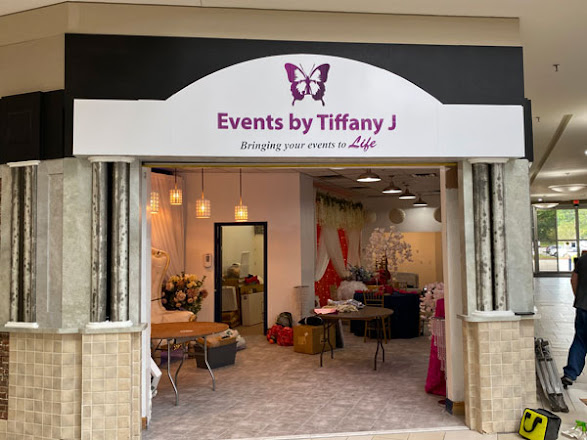Event Signs: Guiding Success
Event signs are an often-overlooked element of organizing any gathering, from small community get-togethers to large-scale conferences. These signs serve as the silent guides that help attendees navigate the event, communicate essential information, and create the first impression. In this article, we will delve into the world of event signs, exploring their significance, types, design strategies, and the latest trends in event signage.
2. The Importance of Event Signs
Event signs are the unsung heroes of any gathering. They not only convey crucial information but also set the tone for the event. From creating a welcoming atmosphere to ensuring safety, event signs play a multifaceted role that can't be ignored.
3. Types of Event Signs
3.1. Banners and Posters
Banners and posters are among the most common event signs. They are perfect for showcasing event names, sponsors, and promotional messages.
3.2. Directional Signs
Directional signs guide attendees to different locations within the event, ensuring a smooth experience.
3.3. Informational Signs
These signs provide essential information, such as schedules, maps, and emergency procedures.
3.4. Safety Signs
Safety should always be a top priority. Safety signs inform attendees about exits, first aid stations, and other important safety measures.
4. Designing Effective Event Signs
4.1. Choosing the Right Colors
Color psychology plays a significant role in designing effective event signs. Use colors that convey the event's theme and evoke the desired emotions.
4.2. Using Eye-Catching Fonts
Fonts can make or break the impact of your signs. Choose fonts that are easy to read and align with your event's style.
4.3. Incorporating Graphics and Logos
Graphics and logos add visual appeal to event signs. They can also reinforce your branding.
5. Placement and Visibility
5.1. Strategic Locations
Place signs where they are most needed and visible. Entrances, registration desks, and high-traffic areas are ideal spots.
5.2. Lighting Considerations
Ensure that signs remain visible during all event hours. Proper lighting is essential for evening or indoor events.
6. Event Signage Materials
6.1. Vinyl
Vinyl signs are durable and suitable for both indoor and outdoor events.
6.2. Foam Board
Foam board signs are lightweight and ideal for short-term use.
6.3. Corrugated Plastic
Corrugated plastic signs are versatile and weather-resistant.
7. DIY vs. Professional Printing
Decide whether to create signs in-house or hire professionals based on the event's scale and budget.
8. Cost-Effective Event Sign Solutions
Exploring cost-effective sign options without compromising on quality.
9. Eco-Friendly Event Signs
Consider environmentally friendly materials and practices when creating event signs.
10. Maintaining and Reusing Event Signs
Tips on extending the lifespan of your event signs for future use.



Comments
Post a Comment